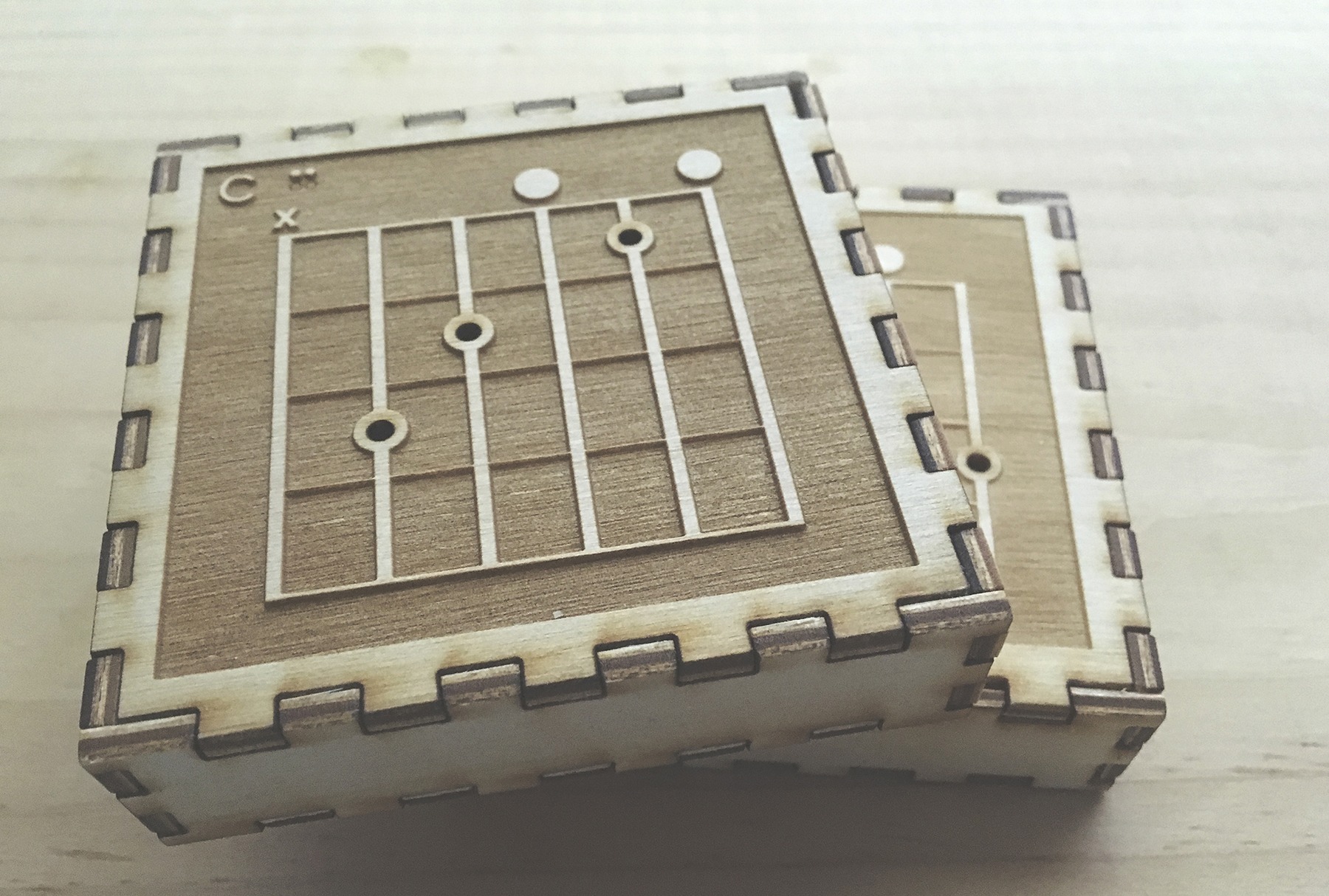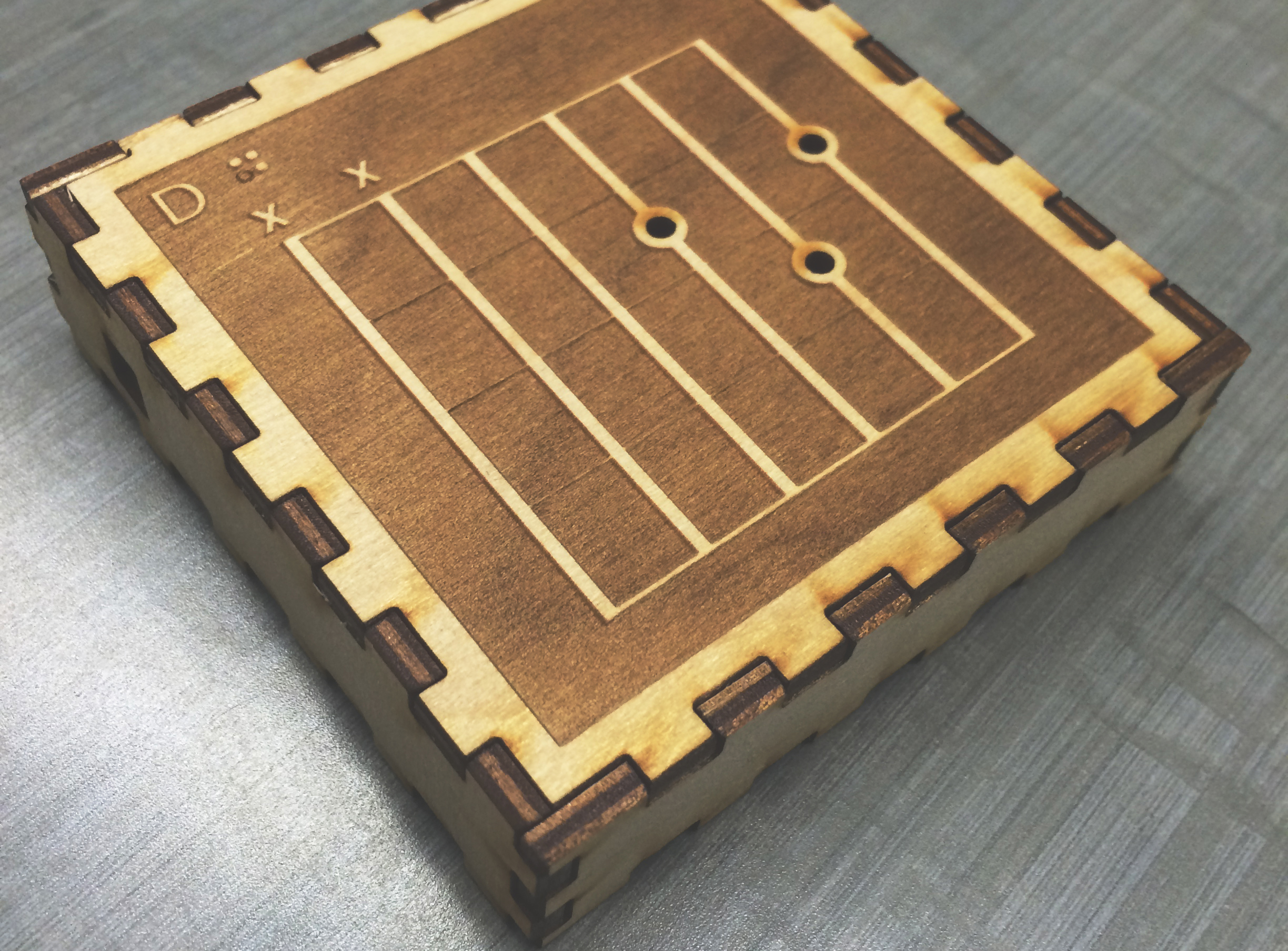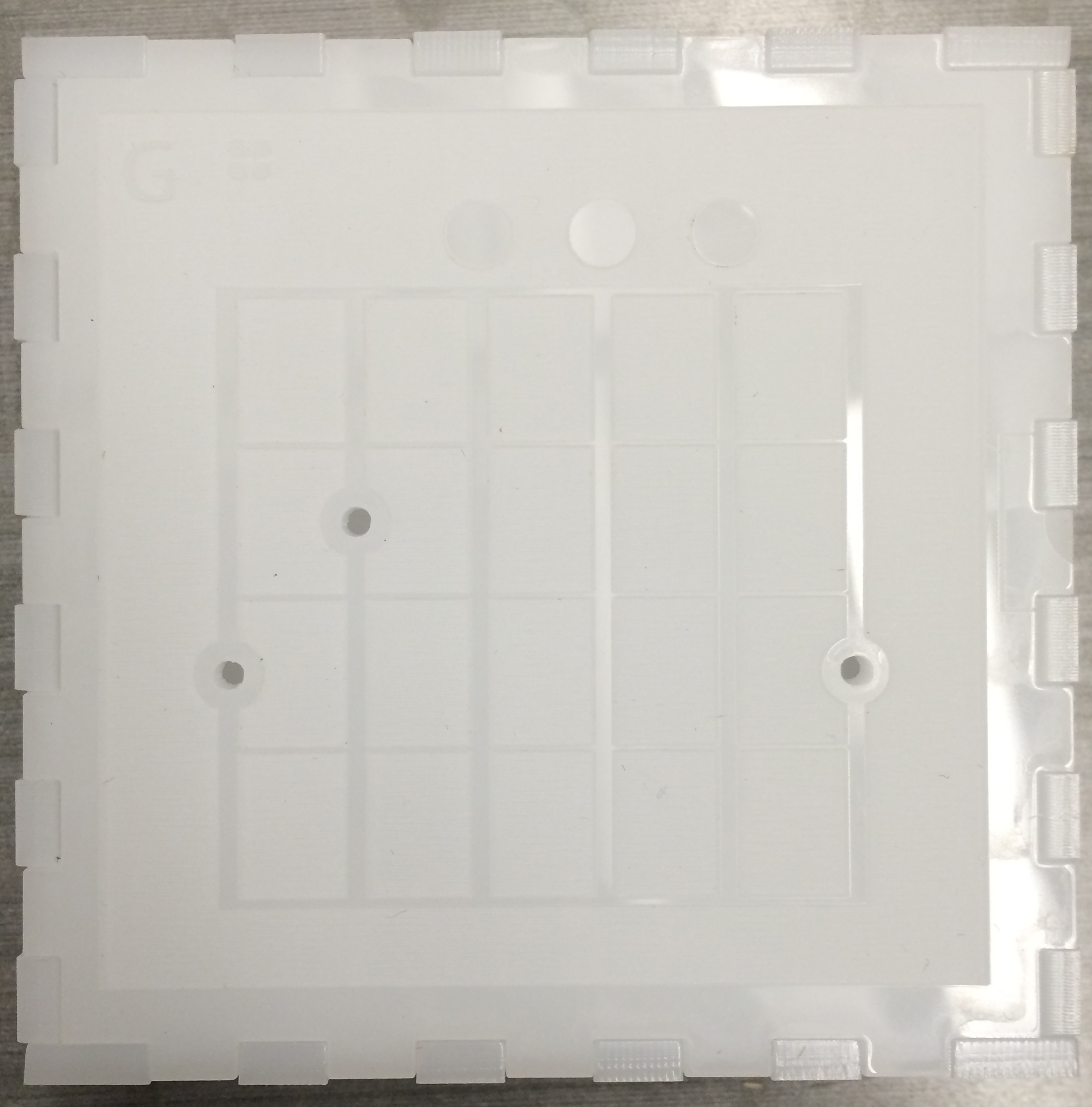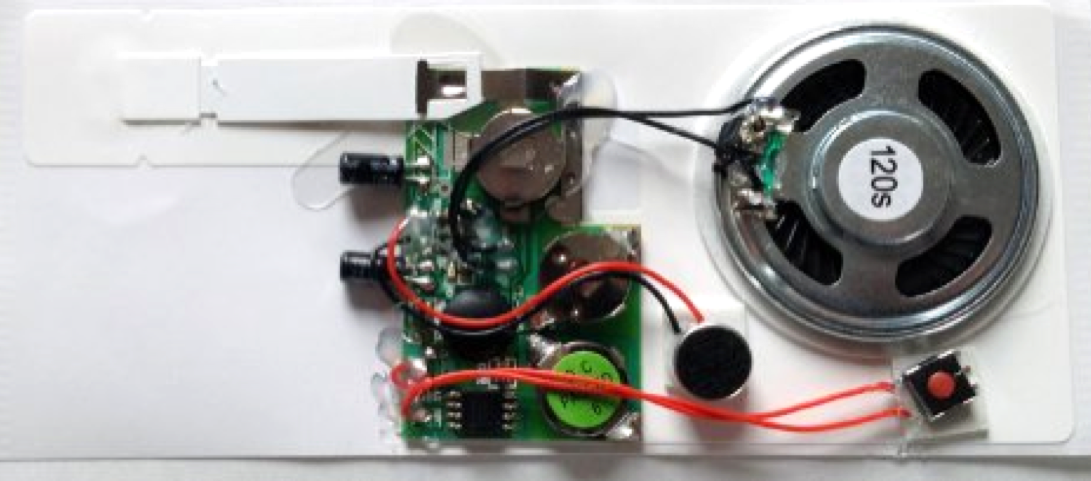I explored various fabrication methods to create a tangible prototype for assistive technology. I led a 3-person team to experiment with different ways for the visually impaired to learn and play music.
MY ROLE
project lead // I managed the overall timeline, direction, and presentation of the project.
product design // I created the digital assets that we needed for physical prototyping. I had a hand throughout the experimental process.
CHROMATIC BOXES
SKILLS



WHY MUSIC? DEFINING THE PROBLEM
As I weighed different ideas for an open-ended prompt (using rapid fabrication for AT), I repeatedly turned to the benefits of music. Playing music is a hobby that can contribute to a more gratifying life, beyond the acquisition of specific musical skills. Moreover, learning to read musical notation is like learning a new language; it opens a new, shared expression of sound for novice musicians.
Music has been part of my life for a long time: I took piano lessons for ten years and taught myself guitar. Throughout this time, I’ve always relied on reading music. After researching the complexities of Braille music notation, I wanted to create a more intuitive mapping from the sound of a note to its notation, so that it is more accessible for new, visually impaired music players.
CONCEPT GOALS
• Experiment with fabrication methods to test the most effective ways of making music notation multisensory.
• Make playing music more accessible for new learners who feel that reading music is too daunting a barrier to overcome.
• The redesigned music notation system should adhere to the principles of universal design — it should be understood by both blind and seeing people.
EXPERIMENTATION
After some testing with lasercutting and 3D printing techniques, my team and I decided to use the lasercutter for this prototype. During production, our 3D printers could not compete with the faster speed and higher accuracy of the lasercutter. My team and I tested materials of varying thicknesses, from cardstock to acrylic. However, we found that the initial materials did not provide enough affordance when cut. I realized that to emulate the raised feel of Braille, I had to invert the design and etch out the negative space of the material. This simple design change significantly improved the usefulness and usability of our prototype.
We continued to experiment with multiple variables (number of cuts, thickness of materials, intensity and speed of cuts). In the end, I switched from acrylic to wood for a more aesthetically-pleasing look and feel.


FUTURE WORK
